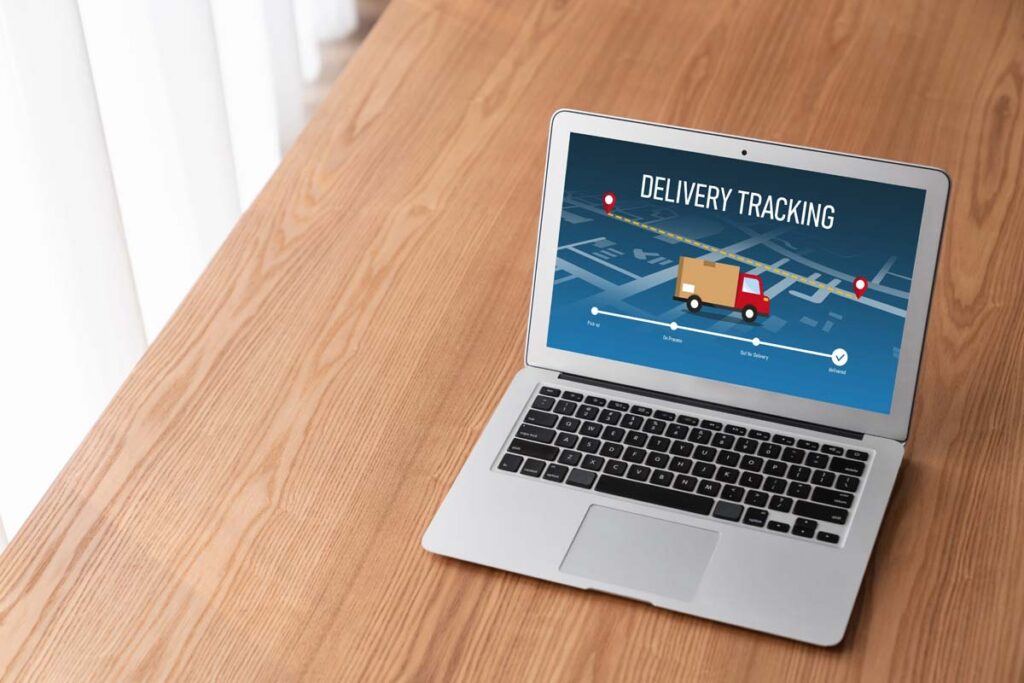Ensuring food safety over long distances is a complex challenge in today’s global marketplace, as consumers expect fresh, high-quality products regardless of their point of origin. Unfortunately, approximately 14% of the world’s food is lost between harvest and retail due to weak cold chain infrastructure and handling practices.
This expectation has made cold chain logistics a critical part of modern food transportation. By leveraging a tightly managed system of temperature-controlled logistics, businesses can preserve product integrity, reduce spoilage, and meet regulatory requirements across borders.
Here’s how the cold chain process looks and how to select the right logistics partner for success in long-distance food shipping.
Table of Contents
Key Takeaways
✔ Inspect equipment regularly to catch faults early and ensure accurate temperature control.
✔ Train all staff properly on handling, hygiene, and emergency response for temperature-sensitive goods.
✔ Plan efficient transport routes to reduce delays, limit exposure, and maintain consistent cooling.
✔ Use redundant monitoring systems to ensure real-time tracking and backup in case of sensor failure.
✔ Verify temperatures at every handoff to ensure accountability and prevent unnoticed breaches.
✔ Choose packaging that matches product needs and insulates effectively during transit.
✔ Control humidity levels to prevent moisture-related spoilage, especially for delicate products.
✔ Establish quality checkpoints before, during, and after shipment to validate compliance.
✔ Partner with experienced cold chain providers who offer scalable, reliable, end-to-end solutions.
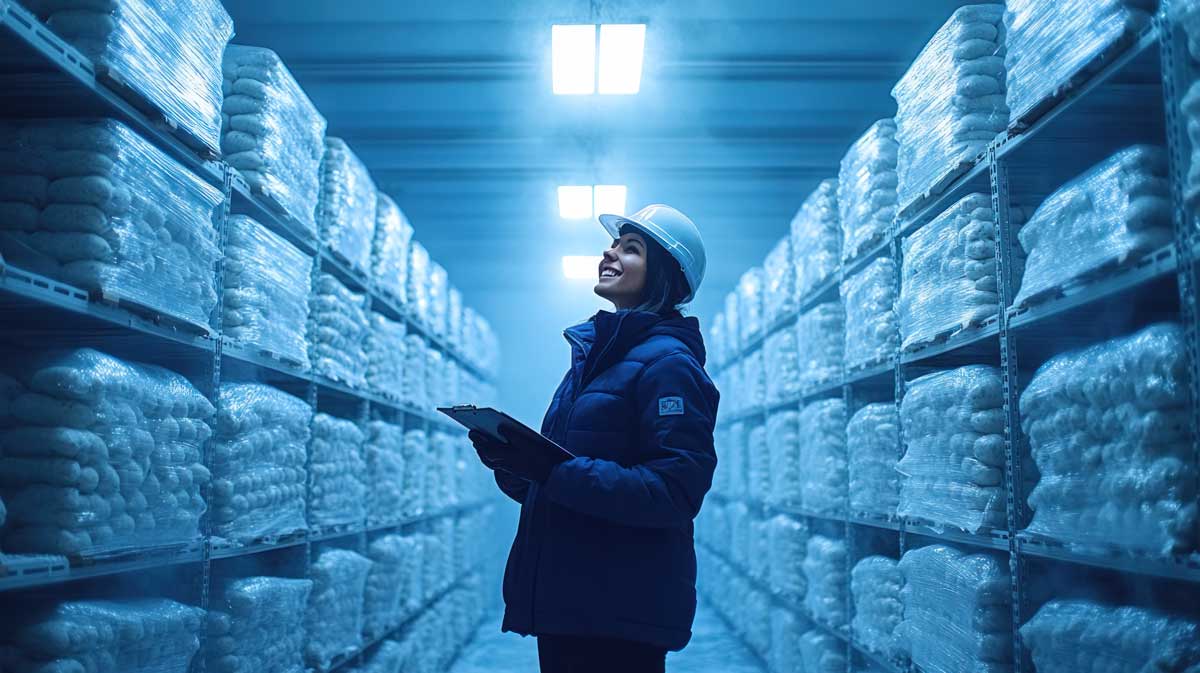
What Is Cold Chain Logistics?
Cold chain logistics is the specialized process of transporting and storing temperature-sensitive products through a carefully controlled supply chain. It plays a vital role in preserving the freshness, safety, and quality of perishable goods such as meat, dairy, seafood, produce, frozen meals, and pharmaceuticals.
Unlike standard logistics, this system depends on maintaining specific temperature conditions from origin to destination, with no breaks or delays in between.
Benefits of Cold Chain Logistics
- Prevents Temperature Fluctuations: Consistent conditions protect sensitive products from contamination or loss of texture, taste, and appearance.
- Reduces Food Waste: Proper cold chain systems drastically lower spoilage rates in transit and storage. Globally, food waste results in economic losses nearing $1 trillion annually. Improving cold chain logistics is a strategic approach to mitigate these losses and enhance food security.
- Supports Regulatory Compliance: Many countries require documented temperature control for specific goods under food safety and health standards.
- Builds Consumer Trust: Reliable delivery of high-quality, fresh goods enhances brand reputation and customer satisfaction.
Why Temperature Precision is Critical for Food Safety
The success of cold chain logistics depends on precise temperature management. Without it, perishable foods are vulnerable to rapid bacterial growth, spoilage, and contamination — risks that increase dramatically during long-distance transport. Understanding how and why temperature control affects food safety is essential for maintaining an effective cold chain supply.
Safe Temperature Ranges for Common Food Categories
40°F to 140°F is the Risk Zone. This is the temperature range where bacteria such as Salmonella, E. coli, and Listeria multiply quickly. Within this window, food can become unsafe in just a few hours, especially when transported in bulk. A brief deviation during loading or a vehicle delay can trigger bacterial activity and reduce shelf life.
Safe temperature ranges depend on the type of food:
- Fresh Produce: 32°F to 55°F. Most fruits and vegetables require cool, not freezing, temperatures. Too low can cause chilling injury, while too high accelerates spoilage.
- Dairy Products: 36°F to 39°F. Milk, cheese, and yogurt are highly sensitive to heat and must stay just above freezing. Variations can alter flavor, texture, and microbial safety.
- Meat and Poultry: 28°F to 32°F. Kept just below freezing to slow bacterial activity while maintaining freshness. Incorrect storage can cause discoloration, odor, or surface slime.
- Frozen Items: 0°F or Lower. Deep freezing halts microbial growth and preserves product integrity. Even minor thawing during refrigerated transport can lead to ice crystal formation, texture degradation, and bacterial risk upon refreezing.
Why Consistency Matters
- Microbial Safety Depends on Stability: Constant temperature within the safe range is more critical than occasionally reaching it.
- Cumulative Effects of Minor Breaches: Multiple short temperature excursions can have the same impact as one major failure.
- Sensitive Products React Differently: Items like seafood and pre-cut produce are especially vulnerable to even slight temperature changes.
How Proactive Cold Chain Management Can Help
- Monitoring Systems Are a Must: Continuous tracking helps detect issues early and allows for in-transit corrections.
- Corrective Protocols Prevent Spoilage: Having emergency backup plans in cold storage solutions and transport vehicles minimizes damage during equipment failure.
- Product Profiling Enhances Accuracy: Understanding the unique thermal properties of each item helps logistics teams maintain optimal settings.
4 Stages of Cold Chain Logistics in Long-Distance Shipping
Transporting perishable food over long distances involves more than simply using refrigerated transport. Each stage of the cold chain supply must be precisely managed to maintain product integrity and comply with food safety standards.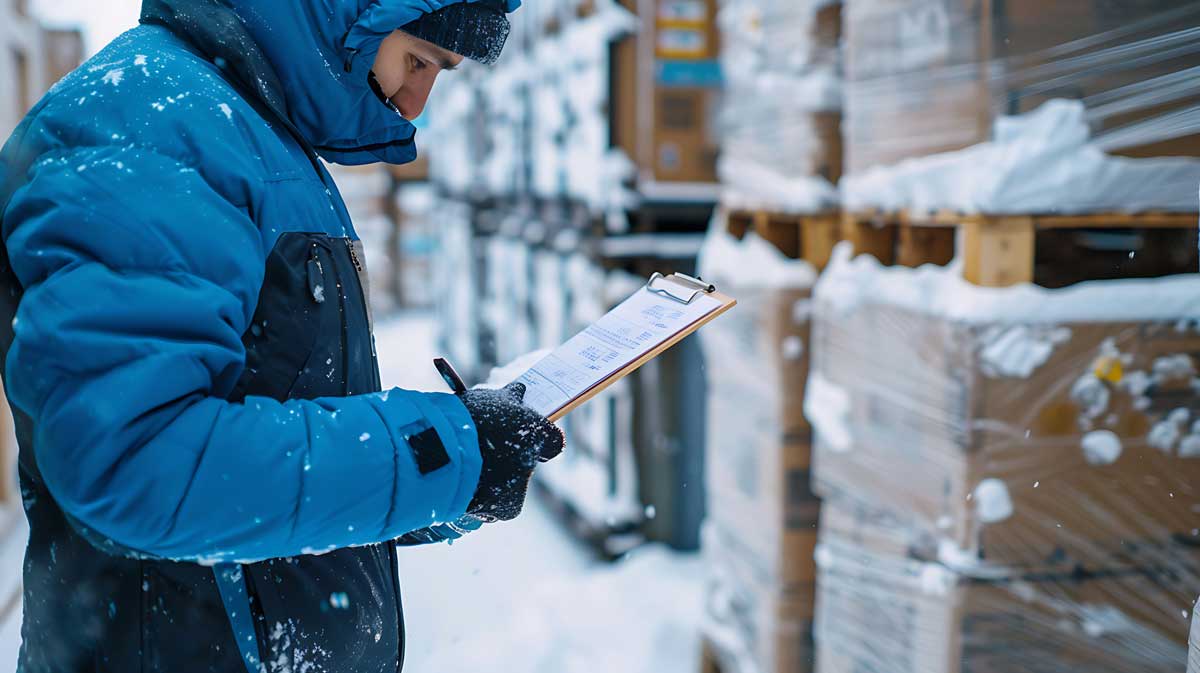
1. At the Source
The initial handling of perishable products sets the foundation for successful cold chain logistics.
- Immediate Pre-Cooling: After harvest or production, items are quickly cooled using forced-air systems, vacuum cooling, or hydro-cooling to eliminate field heat.
- Temperature Stabilization: Products must reach target storage temperatures before being packed to prevent internal heat from affecting surrounding goods.
- Appropriate Packaging Selection: Based on the product and transit conditions, packaging may include gel packs for consistent cooling, dry ice for frozen goods, and reflective thermal liners for insulation.
- Sanitary Handling Protocols: Clean and sterile environments at the source help reduce bacterial contamination before cold storage begins.
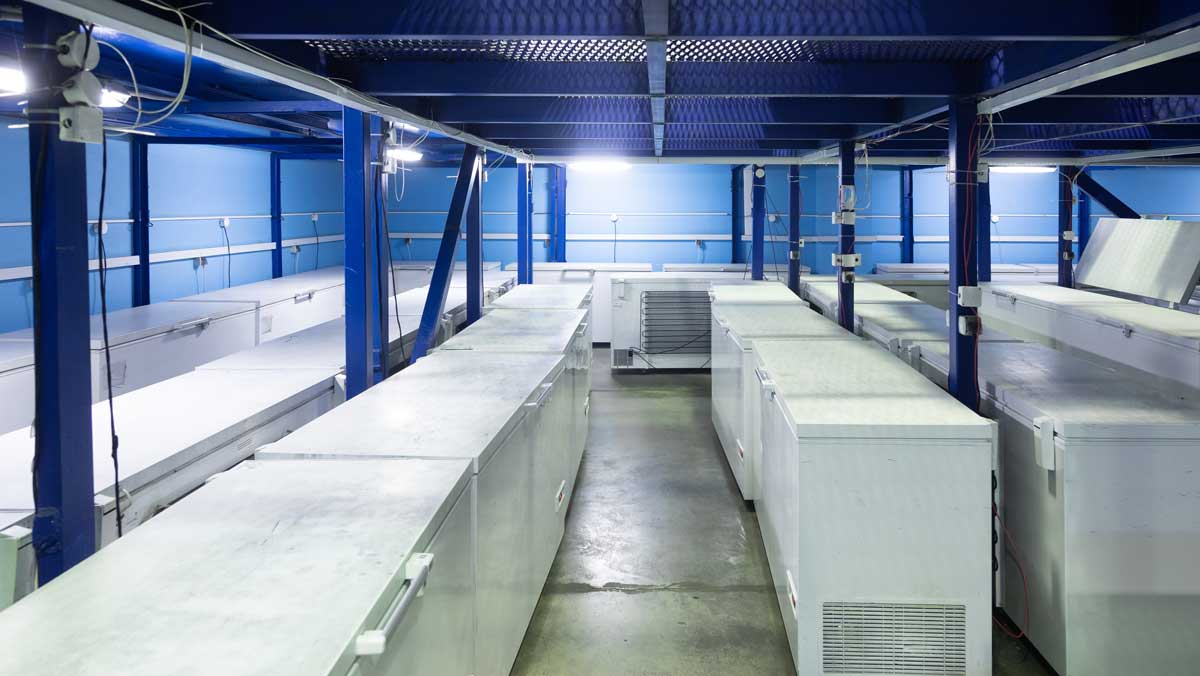
2. Cold Storage Facilities
Once packaged, goods move to controlled environments where cold storage solutions keep them stable before distribution.
- Zoned Refrigeration: Facilities are divided into sections with varying temperature settings for frozen, chilled, and fresh items.
- Airflow Management: Proper circulation ensures even cooling and prevents hot spots within pallets or shelves.
- Automated Temperature Logging: Digital systems record conditions 24/7, with alerts triggered by deviations.
- Humidity Regulation: Specific food items like fresh produce require humidity control to prevent dehydration or mold growth.
- Staging for Transport: Products are organized by destination and temperature class to streamline loading and reduce dwell time.
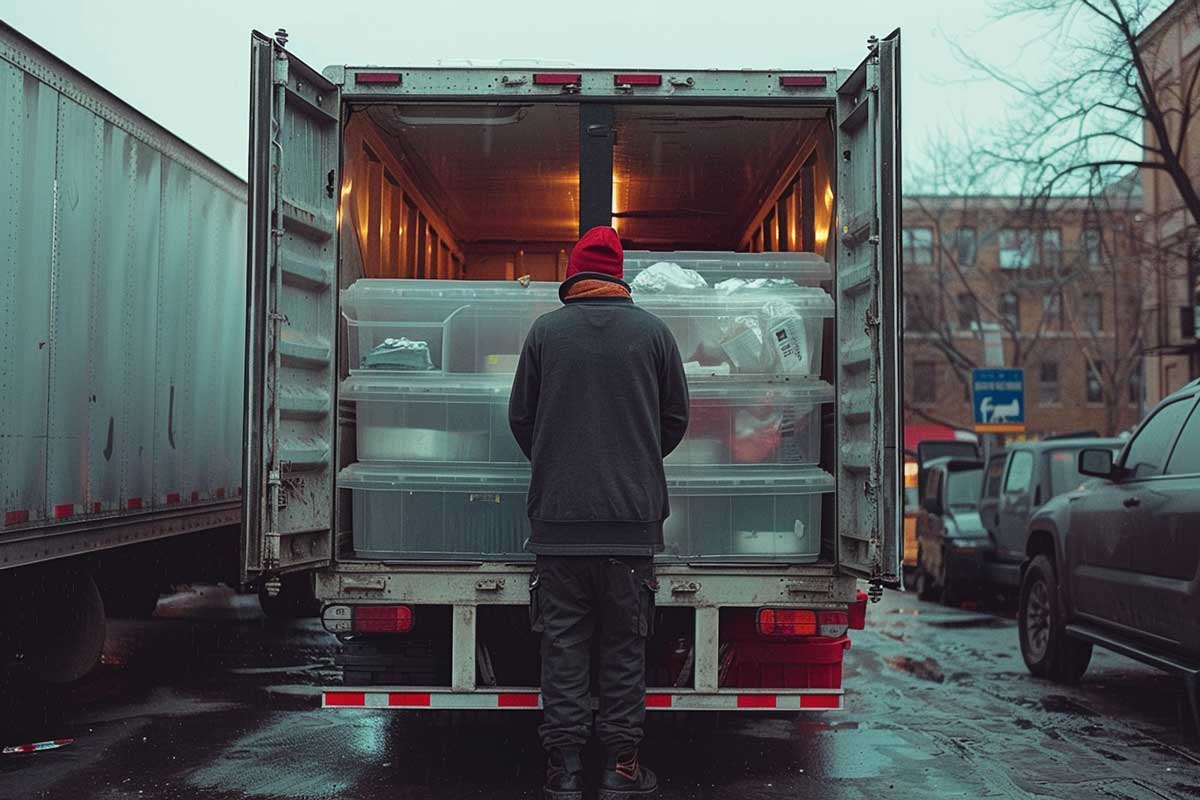
3. Refrigerated Transport
This is the core stage of cold chain logistics, where goods are shipped across regions, states, or international borders.
- Multi-Modal Transport: Depending on the route, refrigerated transport can involve trucks, railcars, air cargo, or ocean freight.
- Independent Cooling Units: Refrigeration systems operate regardless of engine status, ensuring continuous temperature control during fueling or delays.
- Pre-Cooled Trailers: Trucks are chilled before loading to avoid initial temperature shock that could compromise the temperature-controlled logistics process.
- Real-Time Monitoring: GPS-enabled sensors track temperature, humidity, and vehicle status throughout the journey.
- Load Securing and Airflow Clearance: Proper spacing between pallets ensures airflow and prevents heat buildup in blocked areas.
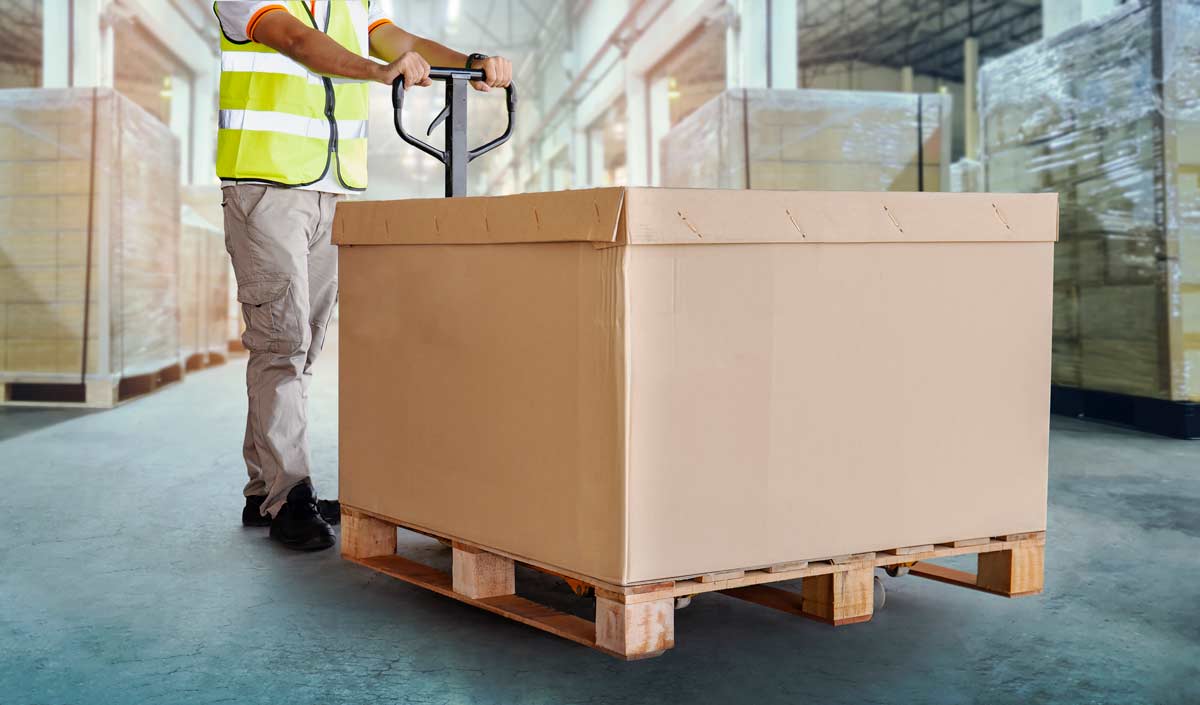
4. Last-Mile Delivery
The final leg of the cold chain supply can be the most vulnerable and demands precision.
- Minimized Dwell Time: Goods are quickly transferred from transport to cold storage solutions at the receiving end to avoid exposure.
- Verified Condition at Delivery: Drivers or receivers inspect and log product temperature upon arrival.
- Handling at Retail or End-User Site: Proper unloading procedures—such as keeping cold storage doors closed and avoiding sun exposure—preserve food safety.
- Direct Store Delivery (DSD): Some providers use dedicated delivery services that take products straight to retail shelves or kitchens, reducing touchpoints and risk.
- Localized Refrigeration Support: Urban areas may use small refrigerated vans or electric delivery bikes equipped with cooling units to maintain last-mile integrity.
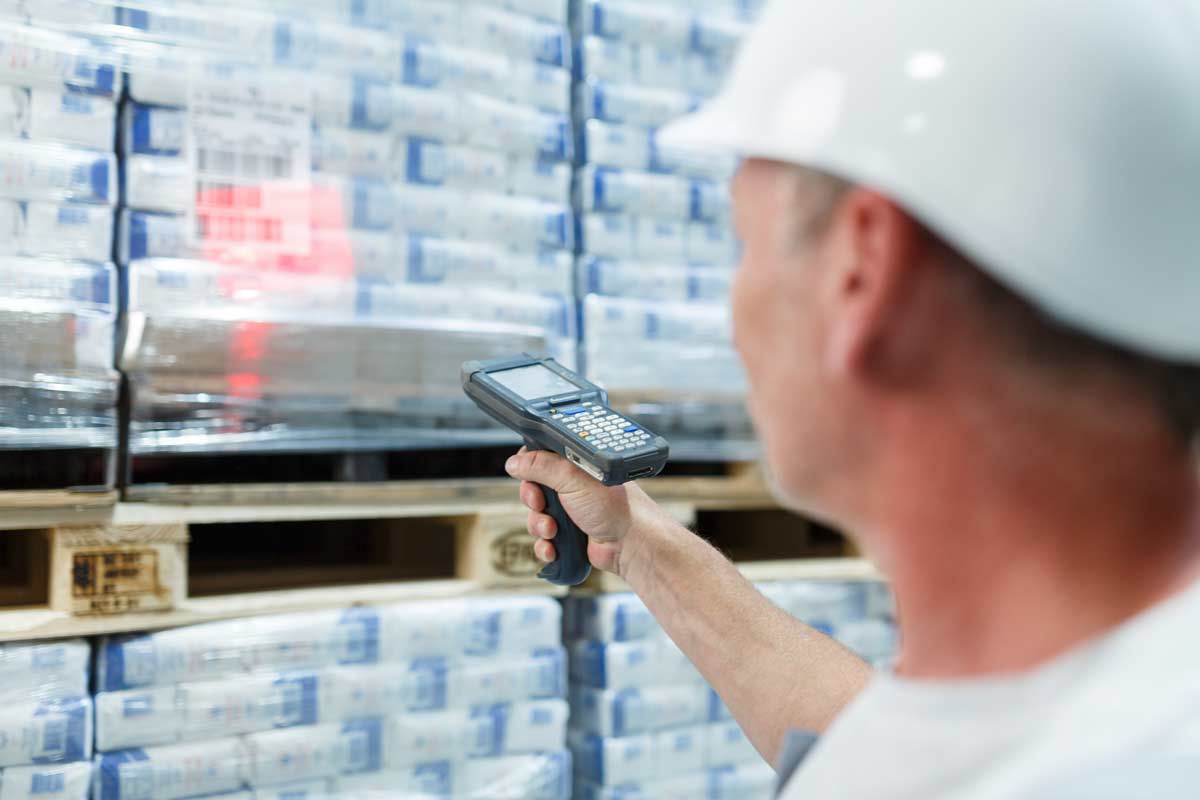
9 Best Practices to Maintain Cold Chain Integrity
Maintaining product safety during long-haul transport requires more than just cold trucks and warehouses. The effectiveness of cold chain logistics relies on precise coordination, proactive planning, and well-established procedures at every link of the chain. Below are proven best practices to protect the integrity of the cold chain supply:
1. Conduct Equipment Inspections
- Schedule Preventive Maintenance: Refrigeration units, data loggers, and sensors should be serviced regularly to prevent unexpected failures.
- Calibrate Temperature Controls: Ensure that thermostats and gauges provide accurate readings for sensitive goods.
- Inspect Seals and Doors: Cracks, gaps, or faulty gaskets can allow warm air intrusion, compromising temperature-controlled logistics.
2. Train Staff in Proper Handling
- Standardize Loading Procedures: Incorrect pallet stacking or blocked airflow can lead to uneven temperatures within the load.
- Enforce Hygiene Protocols: Proper handling helps prevent cross-contamination alongside temperature preservation.
- Simulate Emergency Scenarios: Conduct drills for power failures, door malfunctions, or temperature spikes to ensure quick response.
3. Plan Efficient Transport Routes
- Use Dynamic Route Planning Tools: Software can adjust for traffic, road closures, or weather changes in real time.
- Minimize Dwell Times: Reduce time spent idling or waiting at docks to limit temperature variability.
- Coordinate Pickups and Deliveries Precisely: Prevent delays that expose products to non-refrigerated environments during transitions in refrigerated transport.
4. Utilize Redundant Monitoring
- Install Backup Sensors: Redundant systems allow continued monitoring if the primary device fails.
- Leverage IoT and Cloud Platforms: Real-time data collection and alerts help manage cold chain logistics across multiple geographies.
- Track Multiple Metrics: Go beyond temperature—monitor humidity, vibration, and door openings to ensure total environmental control.
5. Verify Temperature During Handoffs
- Log Temperatures at Every Touchpoint: Record readings before and after transfers to establish accountability.
- Use Time-Temperature Indicators (TTIs): These smart labels provide a visual signal if a package has been exposed to unsafe conditions.
- Implement Standard Operating Procedures (SOPs): Consistency in checks and documentation supports compliance and transparency in temperature-controlled logistics.
6. Use Compatible Packaging Materials
- Choose Materials Based on Transit Conditions: Some routes may require gel packs, dry ice, or vacuum-insulated panels.
- Ensure Proper Insulation: Reflective foil liners, thermal wraps, and barrier films reduce the rate of heat transfer.
- Match Packaging to Product Needs: Different goods require specific solutions—cold storage solutions for frozen items differ from those for chilled produce.
7. Control Humidity Levels
- Use Moisture-Resistant Packaging: Prevent spoilage from condensation during temperature shifts.
- Deploy Desiccant Packs: These absorb excess moisture and preserve the integrity of packaging and labels.
- Monitor Relative Humidity: Especially important for items like leafy greens or baked goods that are sensitive to both heat and moisture.
8. Establish Quality Assurance Checkpoints
- Perform Pre-Shipment Inspections: Validate the condition and temperature of goods before loading.
- Verify Documentation: Review compliance records, inspection logs, and temperature history before accepting or delivering a shipment.
- Conduct Post-Delivery Audits: Confirm that items remained within safe ranges throughout their journey in the cold chain supply.
9. Collaborate with Reliable Logistics Partners
- Evaluate Track Record: Work only with providers who have a history of successful cold chain logistics operations.
- Ensure Scalability: Partners should adapt to volume surges and have contingency plans for high-demand seasons.
- Confirm Service Coverage: Verify that partners offer end-to-end temperature-controlled logistics, including reliable cold storage solutions and refrigerated transport.
How to Choose a 3PL Provider with Cold Chain Solutions
Selecting the right 3PL provider in New York City can make or break your cold chain supply strategy. Here’s what to look for when choosing a partner with proven cold chain logistics capabilities:
1. Evaluate Experience with Perishable Goods
Choose a 3PL that specializes in temperature-controlled logistics. Providers with a track record in food-grade shipping understand regulatory requirements, seasonal fluctuations, and packaging standards for sensitive items.
2. Review Regulatory Compliance
A qualified 3PL should meet or exceed all applicable food safety guidelines, including those from the FDA, USDA, and international authorities. Their commitment to safe cold chain logistics must be backed by certifications and documented procedures.
3. Inspect Infrastructure
Visit facilities if possible. Examine the condition and layout of cold storage solutions, dock design, and truck maintenance protocols. A provider that invests in modern refrigerated transport equipment is more likely to ensure food safety.
4. Confirm Visibility and Traceability
Top-tier logistics providers offer real-time tracking tools, automated alerts, and digital reporting. This transparency is critical for monitoring the integrity of temperature-controlled logistics throughout the journey.
5. Ask About Contingency Plans
What happens if a truck breaks down or if temperatures spike during shipping? The best 3PLs have backup systems, alternate routing capabilities, and trained staff ready to act. Their emergency response protocols are key to preserving the cold chain supply.
6. Assess Flexibility and Scalability
Whether dealing with seasonal produce surges or expanding product lines, your provider should scale accordingly. Choose a partner who can adapt cold storage solutions and transport capacity to meet evolving needs.
7. Analyze Technology Integration Capabilities
Ensure the provider’s systems can integrate with your ERP, WMS, or TMS platforms. Real-time data sharing improves coordination and decision-making across the cold chain logistics process.
8. Evaluate Customer Support and Responsiveness
A 3PL should offer dedicated account managers, 24/7 support, and fast problem resolution. Responsive communication is essential during time-sensitive temperature-controlled logistics operations.
9. Request Performance Metrics and Case Studies
Ask for KPIs like on-time delivery rates, temperature compliance history, and claim rates. Case studies and references help validate their success managing other cold chain supply clients.
Frequently Asked Questions
Why is the cold chain important in the food industry?
The cold chain is critical in the food industry because it preserves the safety, quality, and shelf life of perishable products. Without proper temperature-controlled logistics, food can spoil or become unsafe due to bacterial growth. A reliable cold chain ensures that consumers receive fresh, uncontaminated products from farm to fork.
What will break the cold chain in food safety?
The cold chain can be broken by any event that causes temperature deviation, even temporarily. This includes equipment failure, delayed transportation, poor handling during loading/unloading, or exposure during delivery. Once broken, the cold chain supply cannot guarantee the safety or quality of the affected food items.
What are the three main components of a cold chain?
The three main components of a cold chain are pre-cooling and processing, cold storage solutions, and refrigerated transport. Each stage plays a vital role in maintaining specific temperature ranges for sensitive products. Together, these elements work to prevent spoilage and ensure consistent safety standards during long-distance shipping.
How long can food be out of the cold chain?
Food can begin to spoil within just a few hours when removed from the cold chain, especially if temperatures rise into the “danger zone” (40°F to 140°F). The exact time depends on the food type and ambient temperature, but generally, no more than 2 hours is considered safe. Extended exposure compromises food safety and increases the risk of contamination.
What is important to maintain throughout the cold food chain?
Maintaining consistent temperature control is the most important factor throughout the cold food chain. Any fluctuation can cause microbial growth, loss of texture or flavor, and reduction in shelf life. Ensuring uninterrupted cold chain logistics from source to delivery is essential to protect consumer health and product quality.
Ensure Food Safety with New York City’s Trusted Cold Chain Experts
When it comes to maintaining the integrity of your cold chain supply, choosing a logistics provider that understands temperature-sensitive shipping is crucial. If you’re a business in New York City looking for expert cold chain logistics, trust 3PL Logistics By Best to protect your perishable goods every step of the way.
3PL Logistics By Best specializes in temperature-controlled logistics, cold storage solutions, and refrigerated transport. But our expertise doesn’t stop there—we also offer container drayage, e-commerce fulfillment, last-mile delivery, and nationwide LTL/FTL freight shipping.

